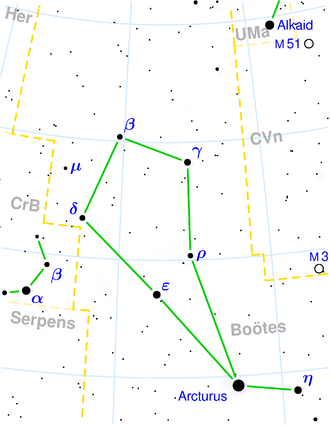NGC 5739
| Galaxy NGC 5739 / IC 1028 |
|
|---|---|

|
|
| SDSS recording | |
| AladinLite | |
| Constellation | Bear keeper |
|
Position equinox : J2000.0 , epoch : J2000.0 |
|
| Right ascension | 14 h 42 m 28.9 s |
| declination | + 41 ° 50 ′ 32 ″ |
| Appearance | |
| Morphological type | SAB (r) 0+ |
| Brightness (visual) | 12.3 mag |
| Brightness (B-band) | 13.2 mag |
| Angular expansion | 2.3 ′ × 2.1 ′ |
| Position angle | 0 ° |
| Surface brightness | 13.9 mag / arcmin² |
| Physical data | |
| Redshift | 0.017936 ± 0.000093 |
| Radial velocity | (5377 ± 28) km / s |
|
Stroke distance v rad / H 0 |
(245 ± 17) · 10 6 ly (75.1 ± 5.3) Mpc |
| history | |
| discovery | Wilhelm Herschel |
| Discovery date | March 18, 1787 |
| Catalog names | |
| NGC 5739 • IC 1028 • UGC 9486 • PGC 52531 • CGCG 220-049 • MCG + 07-30-52 • IRAS 14405 + 4203 • GC 3984 • H I 171 • h 1873 • LDCE 1071 NED008 | |
NGC 5739 = IC 1028 is a 12.3 likes bright lenticular galaxy of Hubble type SB0-a in the constellation Bootes and about 245 million light-years from the Milky Way center.
It was discovered on March 18, 1787 by Wilhelm Herschel with an 18.7-inch reflector telescope, who described it as "cB, S, R, resolvable, mbM". For a long time it was believed that IC 1028 could be PGC 52005. It is now known that IC 1028 is, in fact, an incorrectly recorded observation from NGC 5739.
